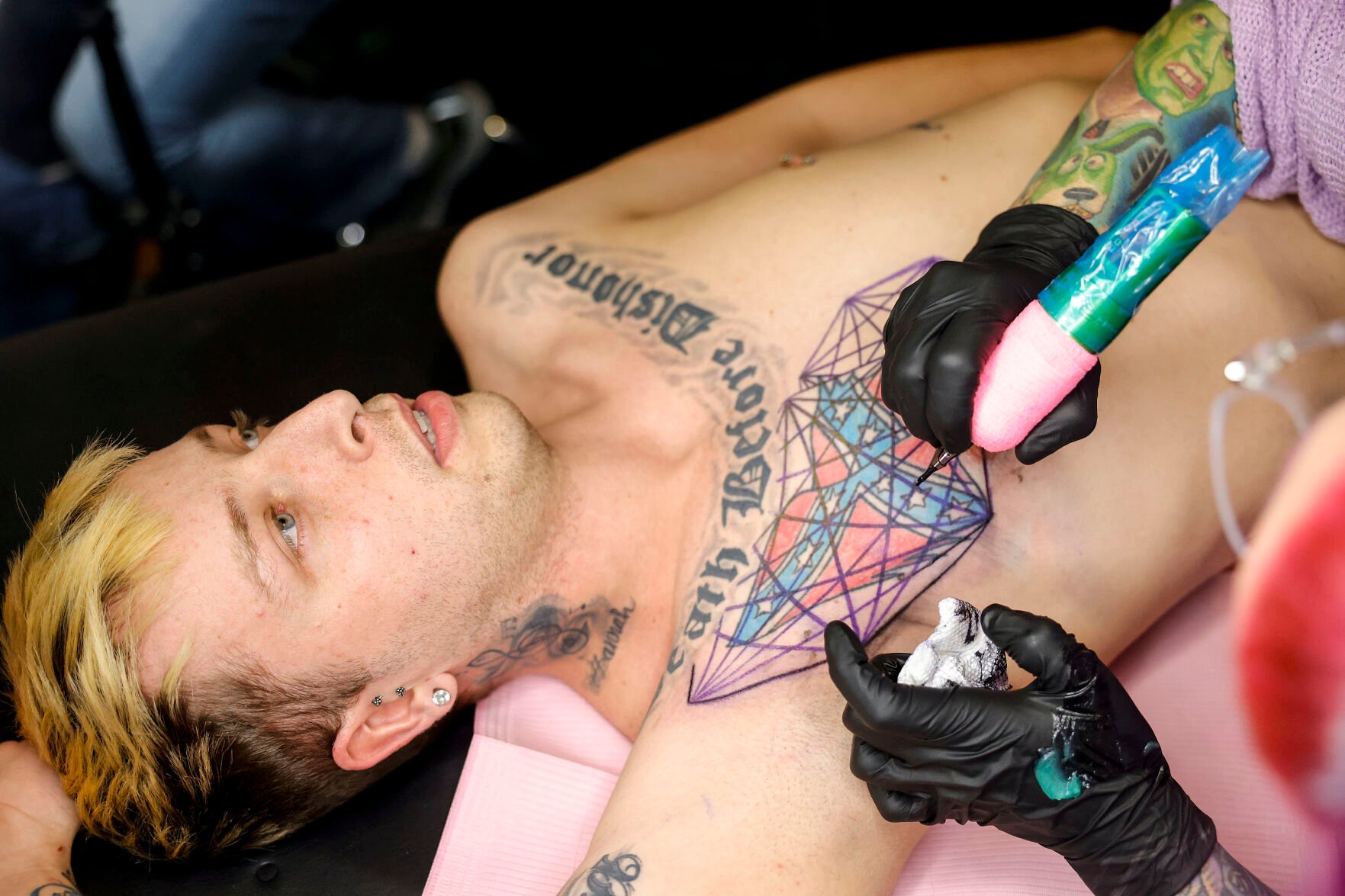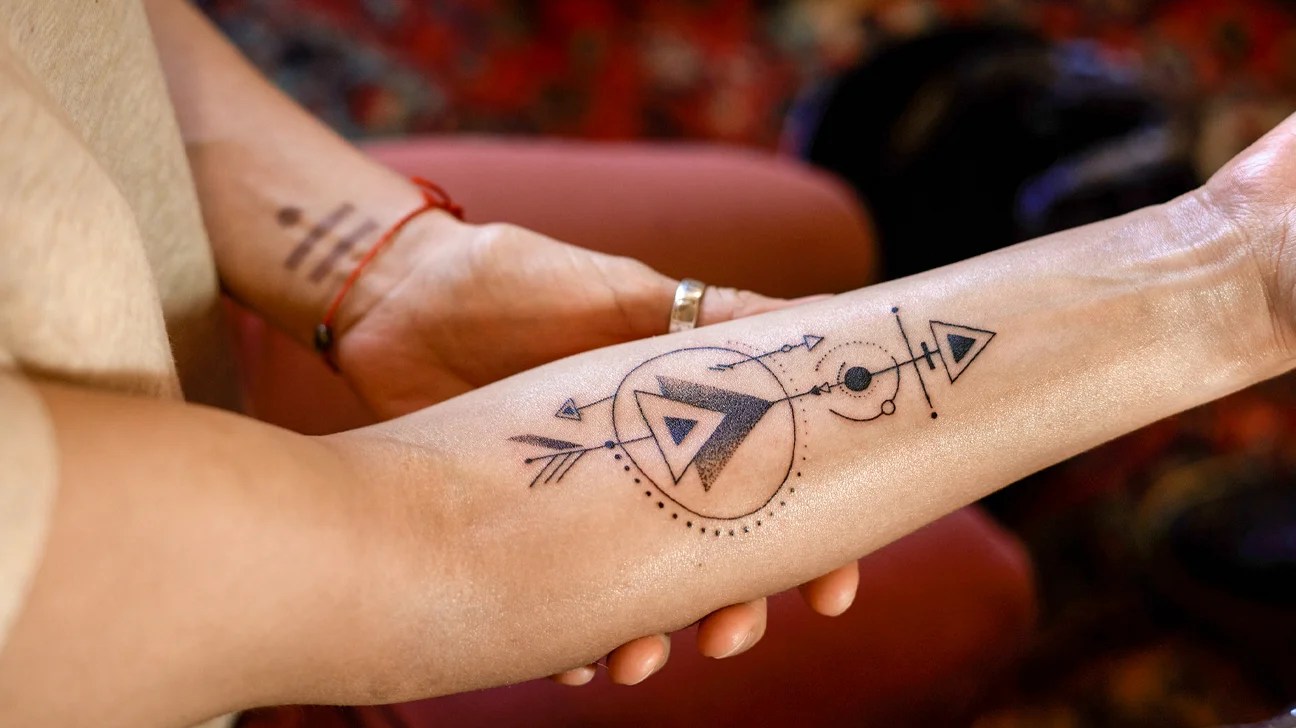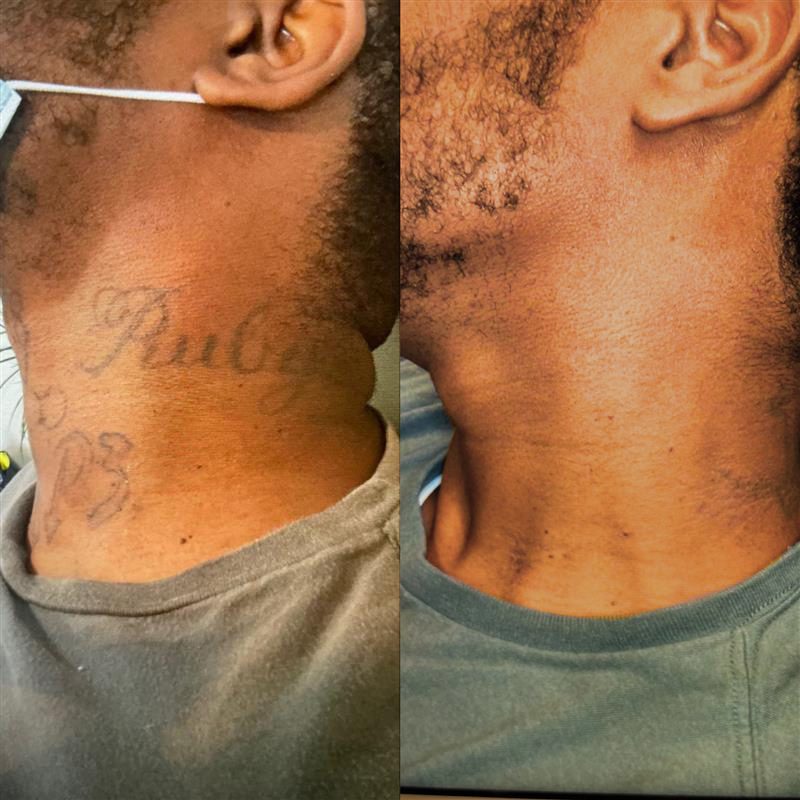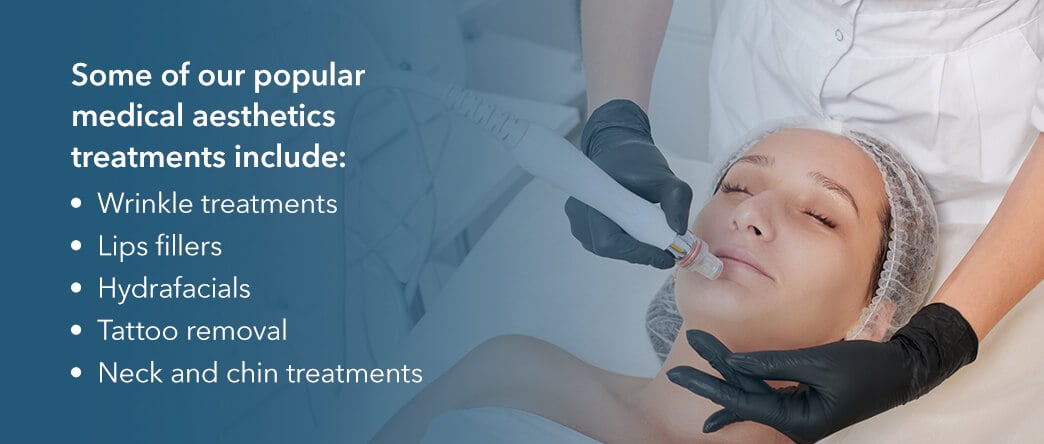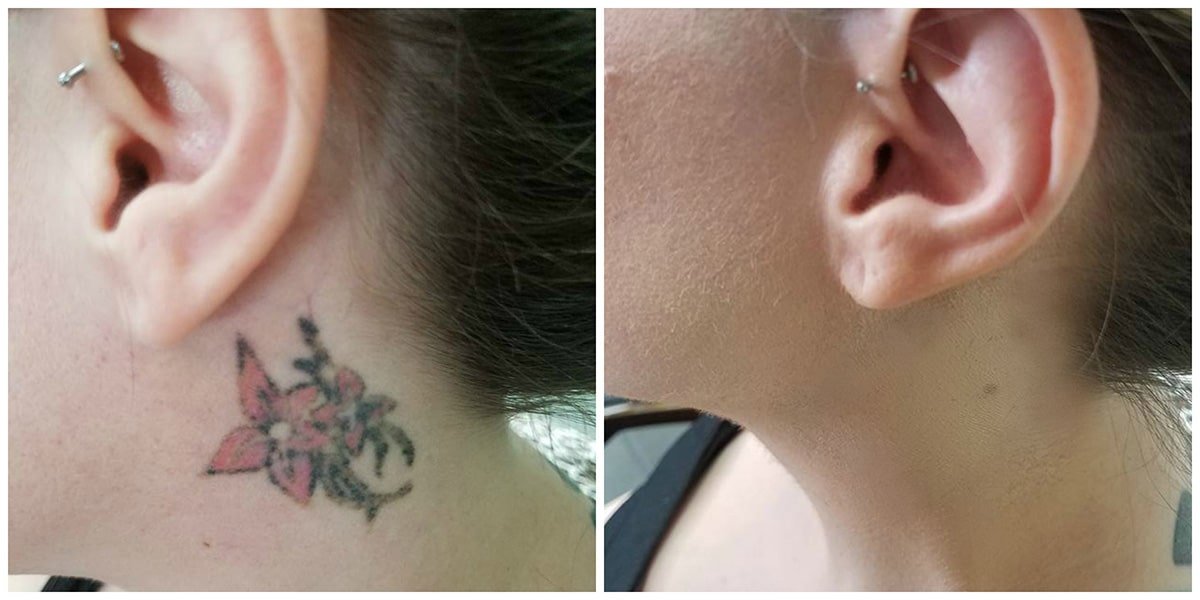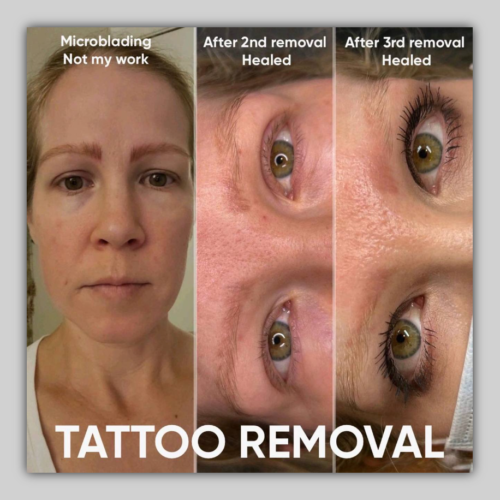– Sun exposure can cause a blurred and damaged tattoo
– Sun’s ultraviolet rays (UVA and UVB) can penetrate the skin and break down ink pigments, causing faded or distorted tattoos
– Sunburn can damage a new tattoo and result in prolonged healing time or permanent distortion
– Until scabbing process is complete, a tattoo is considered an unprotected open wound
– Treat healed tattoos like any other part of the body by protecting them from UV rays
– Wear sun-protective clothing, apply SPF30 (or higher) sunscreen, and stick to shady areas when possible to protect tattoos from the sun
– Sunburn is skin damage from overexposure to the sun (UV rays) and affects the outer layers of the skin.
– Tattooing on sunburnt skin is not recommended and most tattoo artists will refuse to tattoo sunburnt skin.
– Sunburned skin is inflamed, sensitive, and painful, making it difficult and uncomfortable to get a tattoo.
– Peeling skin resulting from sunburn may require the tattoo stencil to be moved or the appointment to be rescheduled until the area has fully healed.
– It is advised to inform the tattoo artist before the appointment if you are sunburnt so that appropriate arrangements can be made.
– Tattooing sunburnt skin is not recommended because it can be painful and may have healing problems.
– Skin should be fully healed before getting a tattoo after sunburn, with no blisters, discolouration, or peeling skin.
– Sunburnt skin is sore, red, and damaged, making it unsuitable for tattooing.
– Tattooing over blistered skin can result in a skin infection.
– Sunburn causes tattoos to fade, with blistering, scabbing, and patchy appearance.
– Tattoos do not protect against sunburn.
– Use sunscreen with SPF50+ on healed tattoos, avoid applying sun cream to a new tattoo.
– To treat sunburn on a new tattoo, leave it alone, avoid touching or bursting blisters, and keep it covered with light clothing.
– The article discusses the importance of protecting a new tattoo from sun damage.
– It advises keeping the tattoo out of direct sunlight and avoiding the application of sunscreen during the healing process.
– If the skin around the tattoo becomes sunburnt, the article suggests moving into the shade, cooling the skin with a cold shower, and applying a moisturizing remedy cream.
– Sun damage to tattoos is permanent, but options for fixing the appearance of a sun-damaged tattoo include touch-up or rework sessions with a professional tattoo artist, tattoo removal using laser technology (which can be painful and may cause scarring), or getting a new tattoo to camouflage the damaged area.
– Contact the tattoo artist as soon as possible to notify them if you have been sunburnt.
– The article provides advice on how to protect new tattoos from sunburn and infection.
– It recommends keeping the tattoo covered with light clothing, avoiding direct sunlight, and applying sun cream once the tattoo is fully healed.
– The article also suggests avoiding swimming and keeping the healing tattoo dry.
– It emphasizes the importance of wearing high SPF cream and seeking shade to prevent sunburn before getting a tattoo.
– The author advises consistently reapplying sun cream while outdoors and seeking shade to protect the tattoo and maintain its appearance over time.
